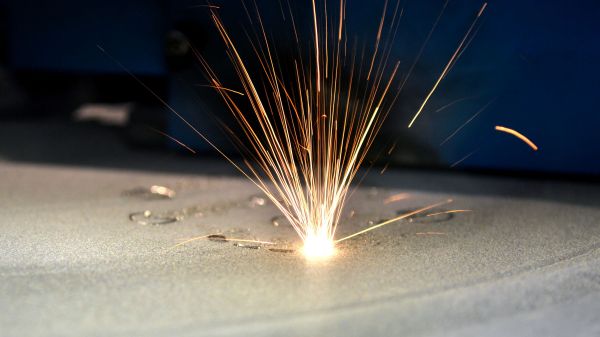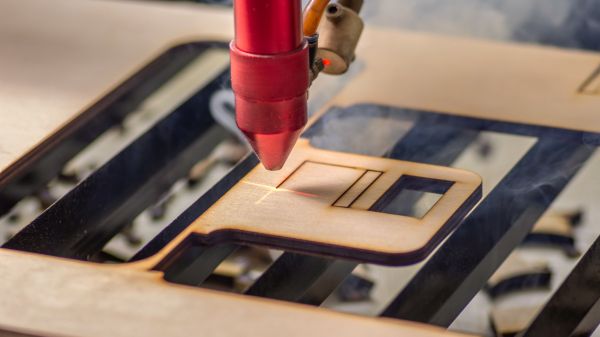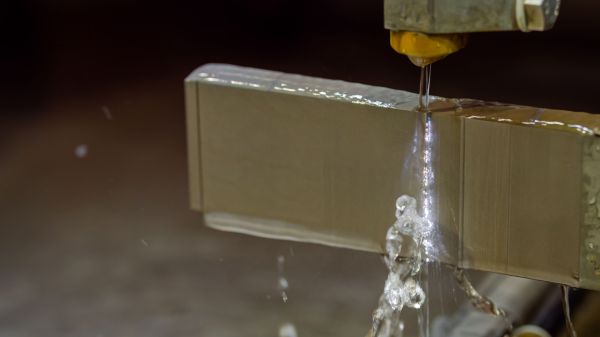Join us on Wednesday, May 24 at noon Pacific for the Design for 3D Printing Hack Chat with Eric Utley!
Like a lot of enabling technologies, 3D printing has had a strange trajectory. It started out as a laboratory oddity, moved on to industrial applications, and finally filtered down to the DIY set, first as scratch-built machines and later as inexpensive commodity printers that can be found almost anywhere. Pretty much everyone who needs a 3D printer now has one.
Not all additive manufacturing technologies are created equal, though, and there are plenty of applications for 3D printed parts where FDM just won’t cut it. Luckily, any of us can get access to the latest and greatest manufacturing technologies through job houses that specialize in everything from metal 3D printing to sheet metal fabrication, CNC machining, and even small-run injection molding. We may not be able to afford any of the machines, but in a lot of cases we can afford to rent time of them and get high-quality parts quickly.
 But that raises another question: Is my design ready for printing? What works on an Ender on your shop bench might not quite translate to the latest SLS printer, and sending off an iffy design could just end up wasting time and money. Whether you’re sending your designs out and running them up on your own printer, you want to know what you’re doing will work. That’s why we’ve asked Eric Utley, an applications engineer with Protolabs, to stop by the Hack Chat. With 12 years of additive manufacturing experience, he’ll be able to help you tune up your designs and make sure they’re ready to print.
But that raises another question: Is my design ready for printing? What works on an Ender on your shop bench might not quite translate to the latest SLS printer, and sending off an iffy design could just end up wasting time and money. Whether you’re sending your designs out and running them up on your own printer, you want to know what you’re doing will work. That’s why we’ve asked Eric Utley, an applications engineer with Protolabs, to stop by the Hack Chat. With 12 years of additive manufacturing experience, he’ll be able to help you tune up your designs and make sure they’re ready to print.
Our Hack Chats are live community events in the Hackaday.io Hack Chat group messaging. This week we’ll be sitting down on Wednesday, May 24 at 12:00 PM Pacific time. If time zones have you tied up, we have a handy time zone converter.
Click that speech bubble to the right, and you’ll be taken directly to the Hack Chat group on Hackaday.io. You don’t have to wait until Wednesday; join whenever you want and you can see what the community is talking about.
















